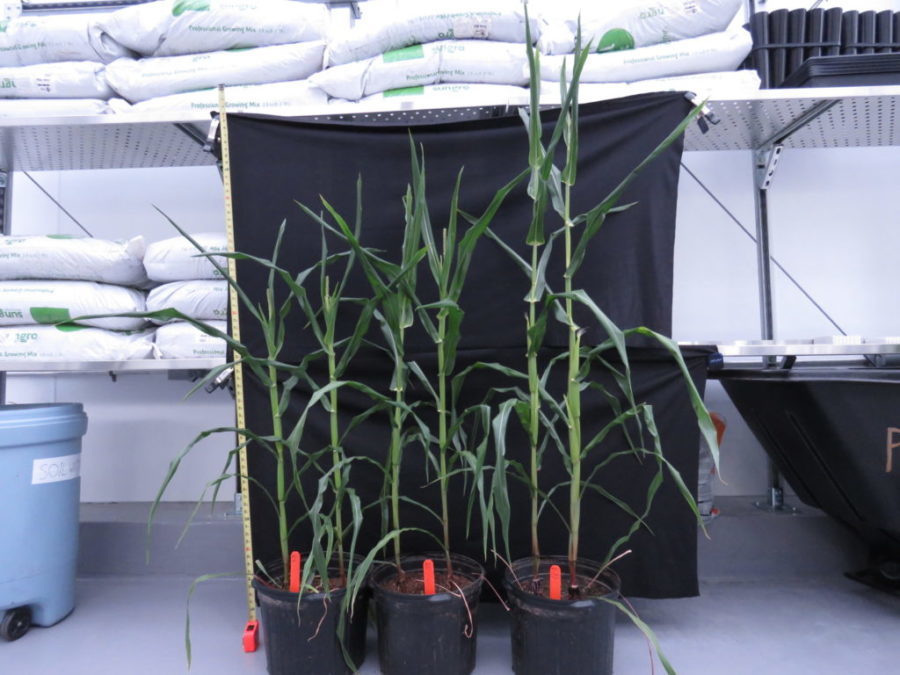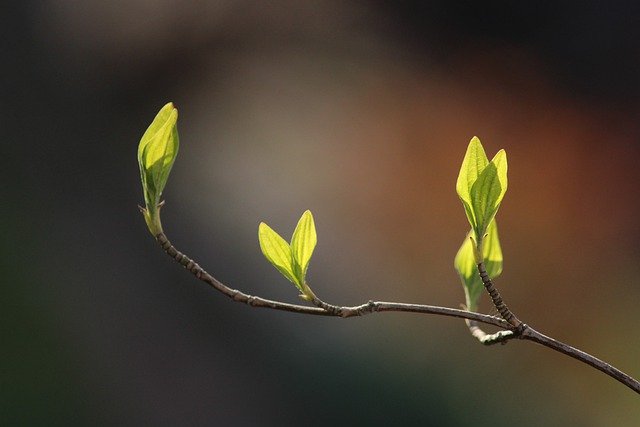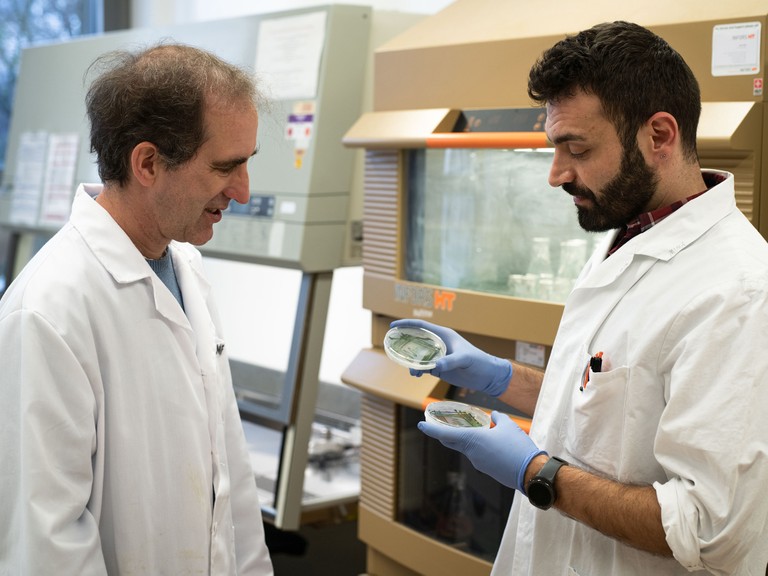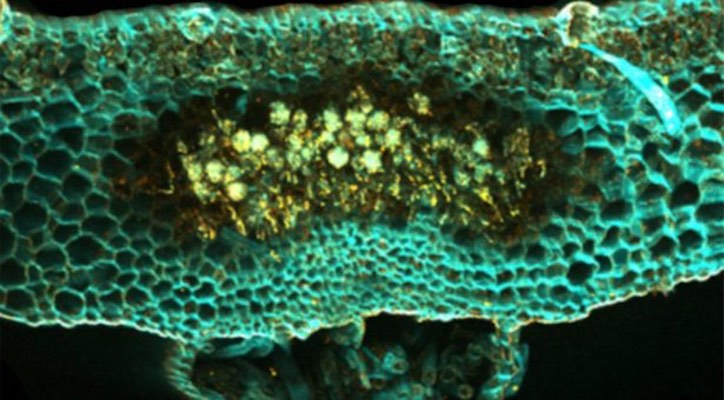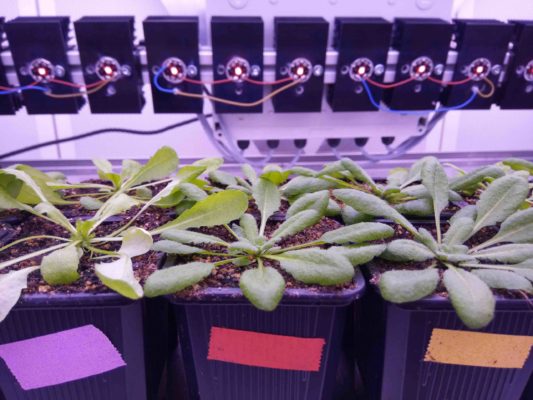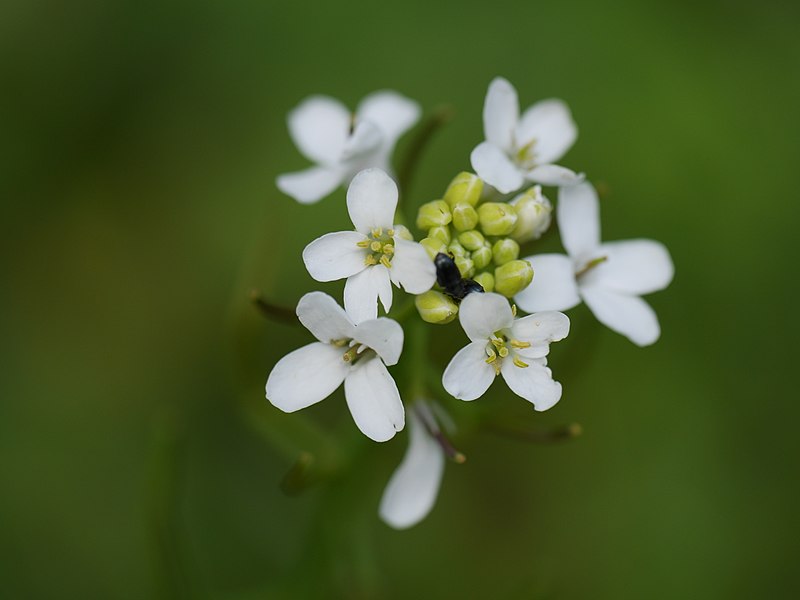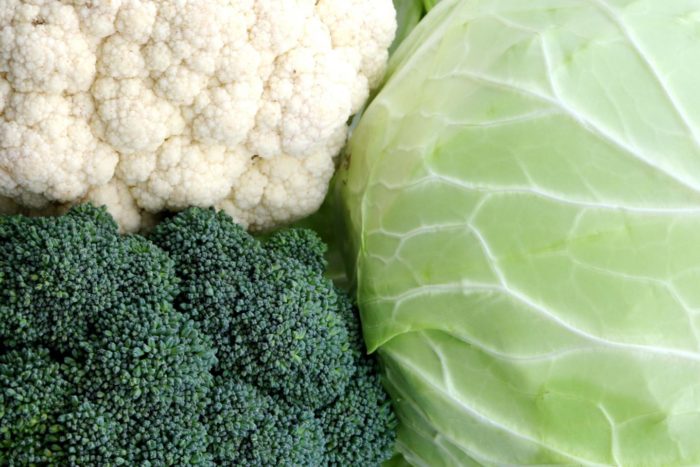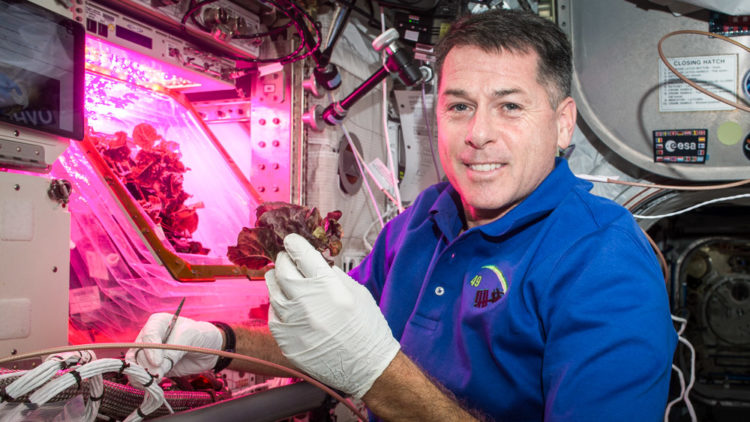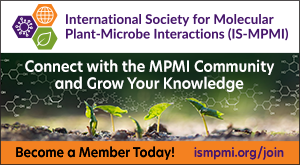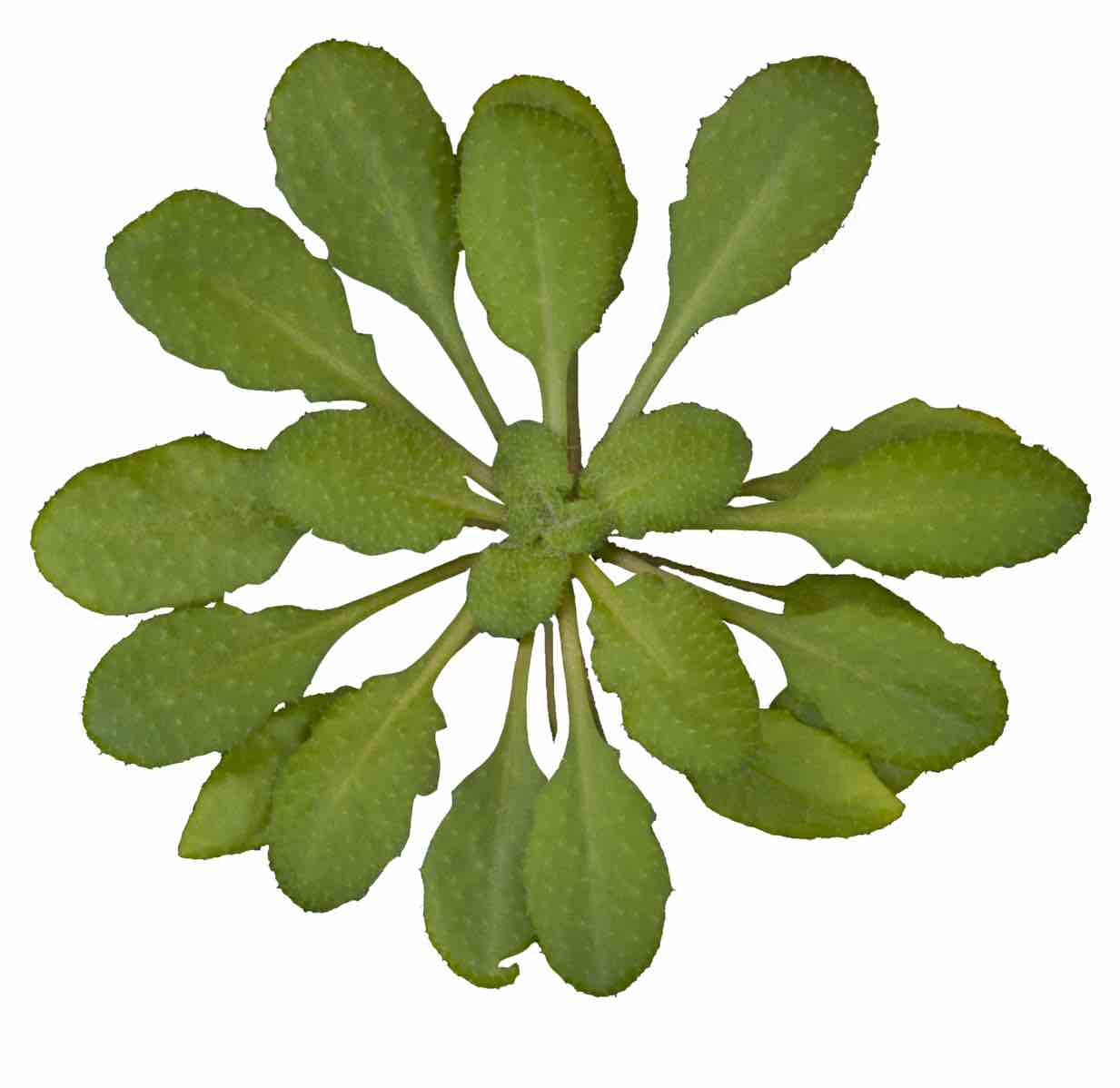
Few technologies have made as big a splash in recent years as CRISPR/Cas9, and rightfully so. CRISPR/Cas9, or clustered regularly interspaced palindromic repeats (CRISPR) and associated genes, is a bacterial gene editing toolbox that allows researchers to edit genomic sequences much more precisely and efficiently than previously possible, opening up doors to new ways of doing research. As with many new biotechnologies, the application of CRISPR in biology began with genetic model organisms such as Arabidopsis thaliana. In recent research authors review the prospects for expanding the use of CRISPR for research beyond genetic model plant species.


